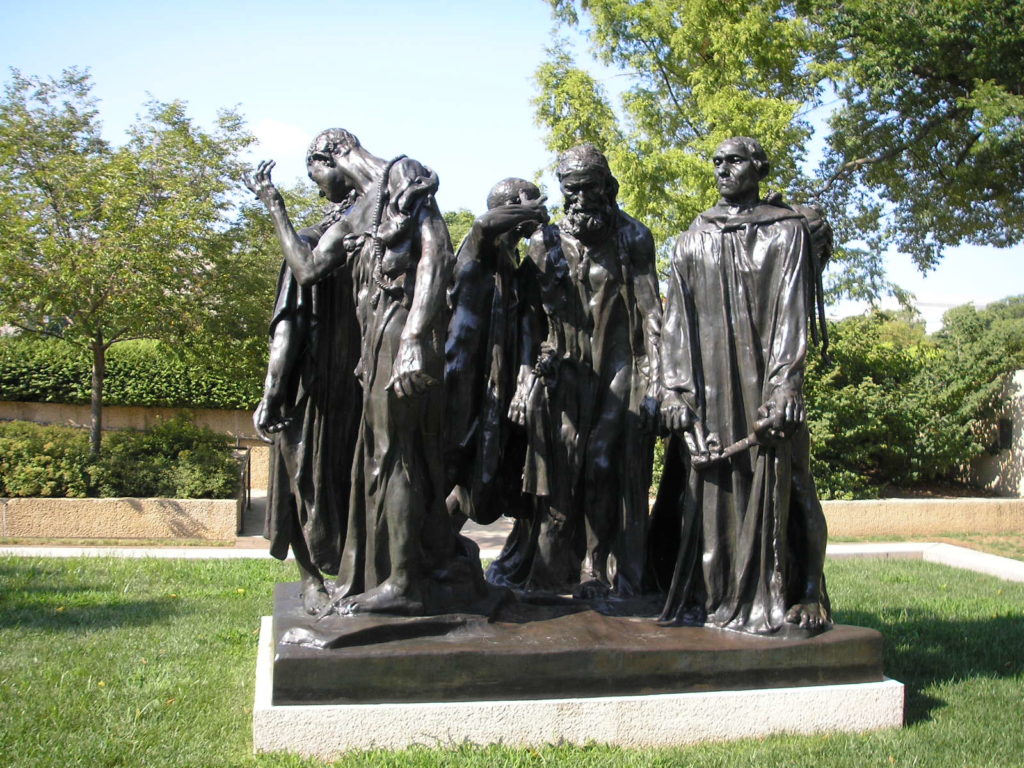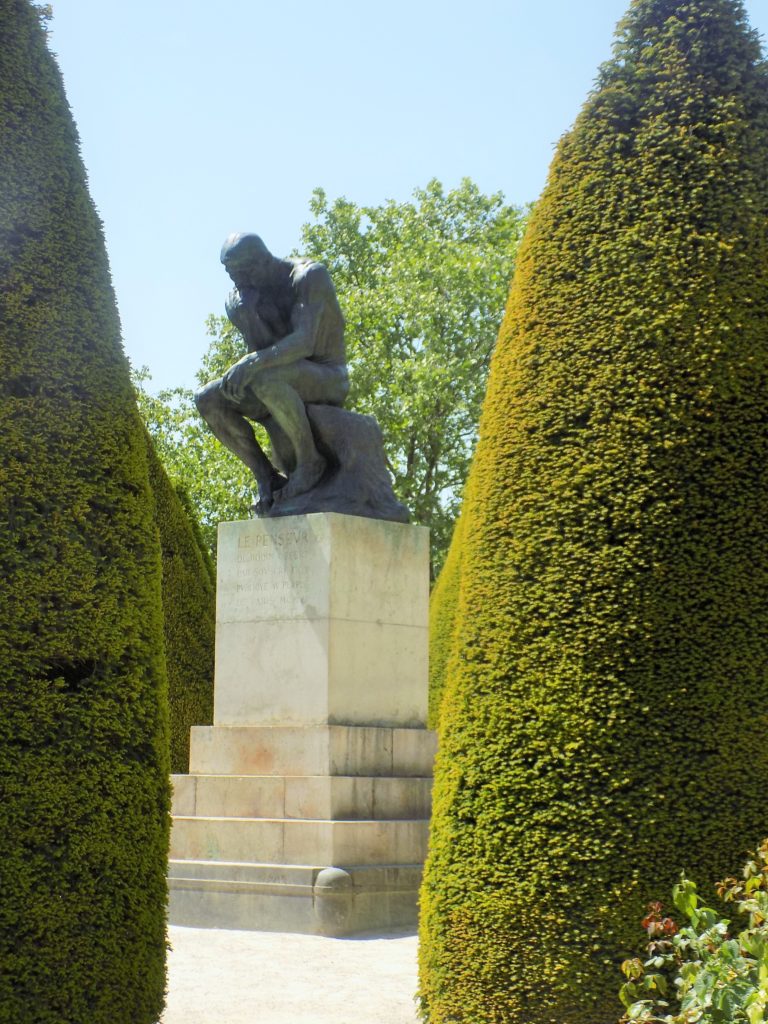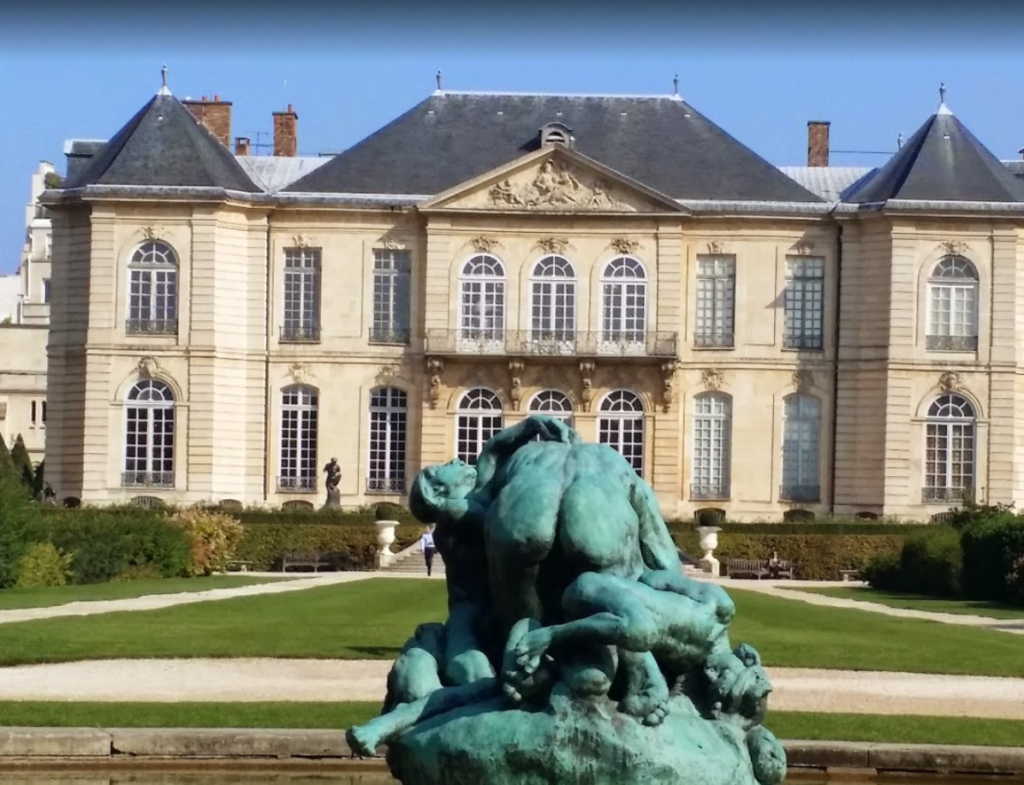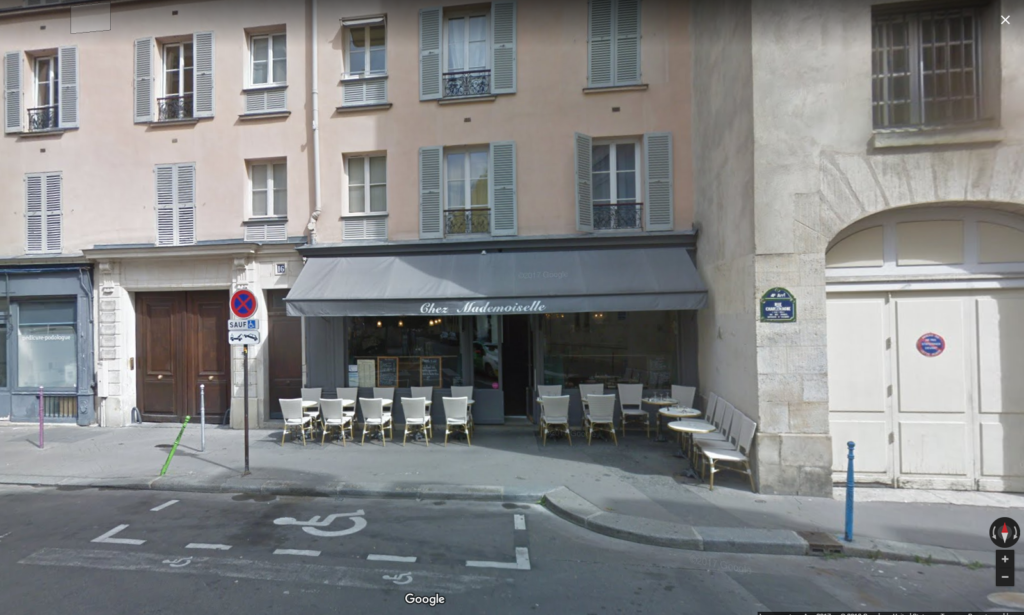The Burghers of Calais
Rodin again courted controversy, though less so with his creation of, The Burghers of Calais.
The city of Calais commissioned the work to commemorate the sacrifice of six of the town’s elders during the Hundred Years War. These six men willingly turned themselves over to Edward the III thereby meeting a demand that Edward promised would save the rest of the town’s inhabitants. As had happened with past works, the committee from Calais looked in on Rodin during his creative process and they viewed his concept unfavorably. They expected the sort of allegorical figures and overtly heroic references that were typical of public sculpture at the time. Rather than a false display of heroism, Rodin portrayed all six men, all of whom thought they were handing themselves to Edward to be executed, in various stages of pain, anguish and fatalism. (The men were reportedly spared at the intervention of Edward’s wife Queen Philippa of Hainault.) The committee ultimately accepted the work.
Le Penseur
Of course, no discussion of Rodin is complete without at least some attention to the sculpture for which he is almost certainly best known – le Poète or, as we know him today, le Penseur (The Thinker). The statue is in the sculpture garden. It is, in fact, the work closest to the entrance.
Like The Kiss, The Thinker began his life as part of The Gates of Hell. Unlike The Kiss, The Thinker both broke out from and remained part of The Gates. It was originally called The Poet and many believe it was meant to be a depiction of Dante whose Divine Comedy inspired the larger work of which The Thinker was a part.
At one time during his conception of the epic work, Rodin considered clothing the figure. He ultimately thought better of it writing, “Thin ascetic Dante in his straight robe separated from all the rest would have been without meaning. Guided by my first inspiration I conceived another thinker, a naked man, seated on a rock, his fist against his teeth, he dreams. The fertile thought slowly elaborates itself within his brain. He is no longer a dreamer; he is a creator.”
Rodin sought to magnify and the intensity of the process of deep and creative thought. “What makes my Thinker think,” he wrote, “is that he thinks not only with his brain, but also with his knitted brow, his distended nostrils and compressed lips, but with every muscle of his arms, back, and legs, with his clenched fist and gripping toes.”
Legacies
In 1908, Rodin moved to the Hôtel Biron which had recently been converted into apartments from its former life as a boarding school for girls from upper class families. He rented several rooms that served as his studio, living space and storage space. (A number of other famous tenants including Isadora Duncan, Rainer Maria Rilke, and Henri Matisse also had flats in the building.)
Some years before his death in 1917, Rodin began lobbying the French government to convert the hôtel into a museum for his work. He was quite famous by the early twentieth century and exhibitions in Belgium and Holland in 1899, a first retrospective in Paris in 1900, and subsequent shows in Prague and New York solidified and expanded his growing reputation.
In 1916, he increased the pressure by bequeathing all of his drawings, sculptures, and archives to the French government. The government accepted the bequest and the museum that now adjoins the sculpture garden opened in 1919.
His true legacy though stretches far beyond the museum. Rodin’s approach to sculpture was innovative in both process and outcome. His working approach of making small versions of figures often separate and apart from larger works in which they were to be included, allowed him to reuse compositions in different ways. Sometimes he would represent the same figure multiple times in the same sculpture or fragment figures into individual body parts like hands or arms and all these processes were encouraged by his very unclassical approach to composition.
Eschewing the narrative references to classical myth that were still commonplace in academic sculpture in the late 19th-century, he instead placed an empathetic emphasis on the dignity inherent in everyday moments of the human experience.
Rodin had little interest in presenting gods or muses or elevating people to a godlike representation. Rather, he sculpted lifelike figures expressing clearly identifiable aspects of the human experience – love, thought, and forceful physicality – the sort of portrayal he began with the Monument to Balzac.
In much the same way that the Impressionist painters had explored ways to capture the ephemeral moments inherent in light and time, Rodin explored ways of transforming the materiality of his medium into a means of expressing the fleeting mobility of the individual.
His sculptures and drawings went on to influence the work of Henri Matisse who greatly admired the spontaneity of Rodin’s drawings. The Cubists were influenced by the fragmentation of his human forms and were attracted to his ability to convey a sense of motion in an inherently static medium. François Auguste René Rodin was truly the first sculptor of the modern age.
Supper close to home
It’s been more than a month since I posted the first recounting of our return to Paris so you might not recall the photo of the entrance to our flat I posted from Google Maps. (Here it is again.)
Notice the small restaurant – Chez Mademoiselle – on the ground floor of our building. On that first night, Pat and I decided we’d eat there on a day when we reached supper time feeling too tired to walk anywhere else. Today was that day. We’d probably walked farther on Saturday but I think the cumulative impact of three days of considerable walking had worn us down.
Looking at the photo above we sat at the first table to the right inside the door. As it turned out, we sat next to four other Americans – a young married couple from Chicago (I think) and an older couple who might have had some connection with the younger one. (I don’t definitively recall.) It was a lively night. They’d just arrived so we supplemented our casual banter by sharing some of the tips we’d gotten from David (such as visiting Montmartre early in the morning) and told them about seeing the sparkling Eiffel Tower from the top of the Arc de Triomphe.
As for the meal itself, I had a lovely sea bass with haricots vert (thin green beans). Like all the French food I’d had on the trip, this was very delicately seasoned and I began to wonder whether the food and architectural shades of the city’s buildings might be deliberately comparable in their superficial similarity.
For someone accustomed to the animated sometimes explosive intensity found in so many other national cuisines, uncovering the subtlety inherent in French food takes some worthwhile effort in fine tuning one’s palate. Likewise, having visited many cities bursting with vibrant splashes of color, my initial impression of Paris was that it bordered on being monochromatic. (Recall my reaction to the brickwork in the Place des Vosges.) One needs to make an effort to appreciate the subtle shadings within its architectural palette – even if it proves, as it did for me, not quite as rewarding as the culinary experience.
Toward the end of the evening, our server, who spoke limited English but who seemed to be in high spirits, shared those spirits with us in a literal sense. She brought forth not one but at least two (this was the point at which Pat and I stopped indulging) shots of an after dinner liqueur. I don’t normally imbibe high alcohol content beverages but did so in the spirit of the night. This might or might not have been the best meal we had in Paris (It was certainly a good one.) but it was the best time I had at any meal in the city.
We returned to our flat ending our penultimate day in Paris with the shortest walk imaginable. We’ll wander about a bit more Monday and then separately set off for home Tuesday.



